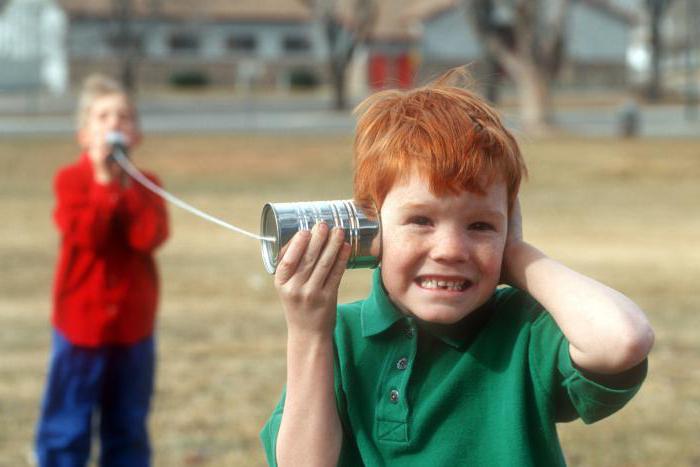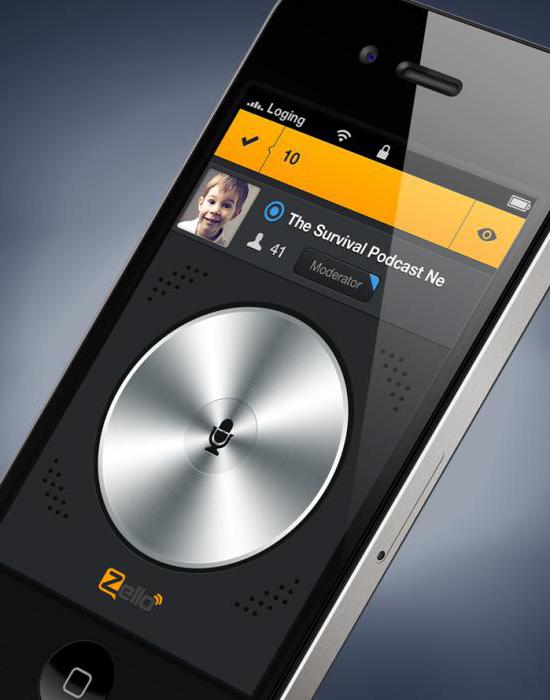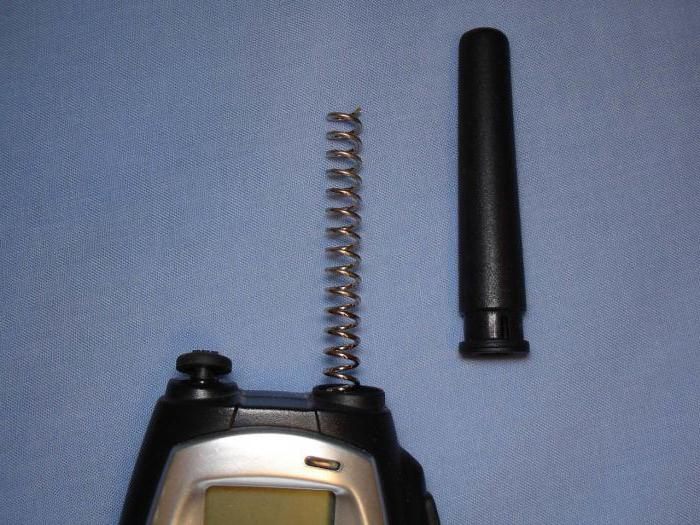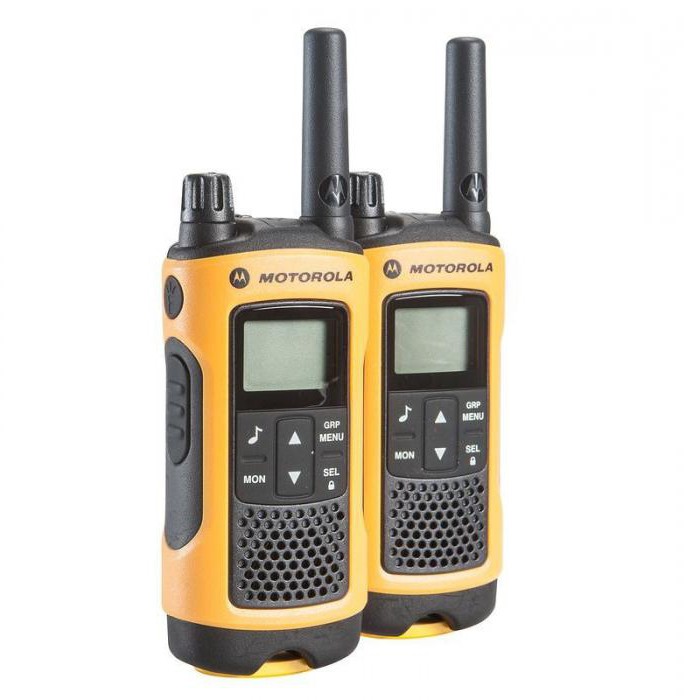How to make a walkie-talkie from improvised materials and a smartphone? Antenna for radio. Walkie talkie effect
Although in our age of portable gadgets, walkie-talkies are not so relevant, it is still sometimes interesting, and sometimes it is necessary to use them. Here we will look at how to make the simplest models of these devices, as well as related issues related to them.
Homemade walkie-talkie: materials
Before you make a walkie-talkie with your own hands, prepare the simple components necessary for it:
- Two aluminum / tin cans, in extreme cases - paper cups.
- Fishing line, thread 5-10 m long.
- Nail.
- Hammer.
Now you can get to work.
Creating a walkie-talkie with your own hands
Let's take a closer look at how to make a walkie-talkie at home:
- Use a hammer and nail to poke holes in the bottom of each jar and cup. The hole must be large enough for the line to pass through.
- Pass the line through both holes. Inside jars or cups, tie it with a voluminous knot - so that it cannot be pulled out or pulled out.
- In order for the interlocutor to hear your voice, the fishing line must be as tight as possible - after all, sound waves will pass through it.
- The conversation on this makeshift walkie-talkie looks like this: one person speaks into the cup, and the other holds his jar to his ear.

Application "Zello-walkie-talkie"
The most convenient and easiest way to try the charm of talking on a walkie-talkie is to install an application with such a function on your smartphone. The leader among them is Zello, which can also be installed on a laptop or PC. The program is completely free for all existing operating systems. Zello is often used by mobile software developers - it allows them to add a walkie-talkie communication function to their applications.
Zello uses Wi-Fi or mobile internet to transmit voice. The app also supports bluetooth headset. Your voice message is first stored by the system, and then sent to the addressee. Zello supports communication of 800 interlocutors, displays their connection status, stores the history of voice messages, creates special password-protected channels.

Voxer walkie-talkie
Another way to answer the question "How to make a walkie-talkie from a smartphone?" is a Voxer application absolutely free for iPhone and Android owners. Data transfer via mobile Internet or Wi-Fi will also not bring you additional waste. The application can be called a walkie-talkie conditionally - it does not provide the ability to talk in real time, but quickly sends voice messages from user to user.
Among the features of this walkie-talkie app are the following:
- The ability to record a voice message and save it inside the program at times when the gadget is not connected to the Internet.
- Reproducing the voice of the interlocutor in two or three times acceleration.
- Storing the history of voice messages.
- Ability to specify your location for interlocutors.
- In addition to the walkie-talkie mode, this application can be used as a convenient messenger - it is possible to send text messages, video, audio or photos through it.
A Voxer-like application would be HeyTell. It is also absolutely free and works in all data transfer modes. It is distinguished by more flexible settings and the presence of three categories of privacy for your conversations.
iPTT - walkie-talkie for iOS
How to make a walkie-talkie on an iPhone or iPad using this application, even a small child will figure it out - it is so easy to use. By the way, iPTT is the first application of this kind in the AppStore, and it is completely free.
Using this program, you can create a direct communication channel with both an individual addressee and a group of people. You can also choose the "whisper" mode - to communicate confidentially with one person from the group.
Similar to iPTT in terms of functionality, the application will be TiKL Touch Talk Walkie Talkie. It is available for free not only for gadgets on iOS, but also on Android.
How to make an antenna for a walkie-talkie
If you are the owner of a portable radio, then it will not be a secret for you that homemade antennas for these devices are more effective than factory ones. The size of the homemade, by the way, can be set within 9-25 cm. You will need:
- connector suitable for your walkie-talkie;
- a piece of any thick cable (only insulation is needed from it);
- PEV wire 0.25-0.7 mm;
- heat shrink;
- glue.

The manufacturing process looks like this:
- Pull all contents out of the cable without damaging the outer tube of the insulating material.
- At this stage, check how well this tube fits into the connector - ideally, it should fit into it.
- On the tube, stepping back 4-5 mm from the level of the connector, it is necessary to make a hole for the wire, where the latter should be placed - inside the pipe.
- Solder the center pin of the connector to the end of the wire, and then glue the tube into the last one.
- The PEV wire sticking out of the tube should be wound in equal turns from the connector outward. Winding length - 10-25 cm. The thicker the cable, the longer the winding.
- Secure the skeins with glue so they don't unravel.
- Test the device - cut the winding if necessary.
How to make a radio effect
If you need to convert any voice recording into something like a walkie talkie, you can do the following:
- Use the Adobe Audition program and the Wave4 plugin. The Old Radio effect will help you achieve what you want.
- In the same Adobe Audition 3.0, follow the path Effects - Filter and EQ - FFT Filter. Next - preset Telephone - Receiver or Telephone - Voice Mail.
- AudioEase Speakerphone plugin, which, in addition to a walkie-talkie, allows you to impose the effect of a loudspeaker, megaphone, poor telephone connection, etc.
- Through the presets of the program FabFilter - Saturn.

How to make a walkie-talkie at home and on a smartphone? The process is quite simple and fun. Moreover, today many messengers for phones and PCs provide users with the ability to voice and video communication in real time over the Internet. However, in the absence of mobile and fixed communications on the ground, portable radios remain indispensable.




